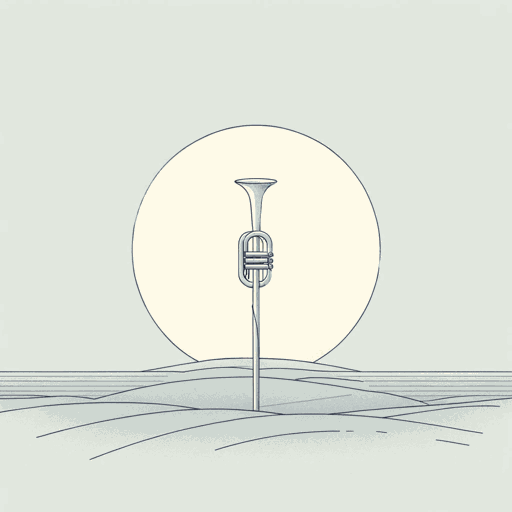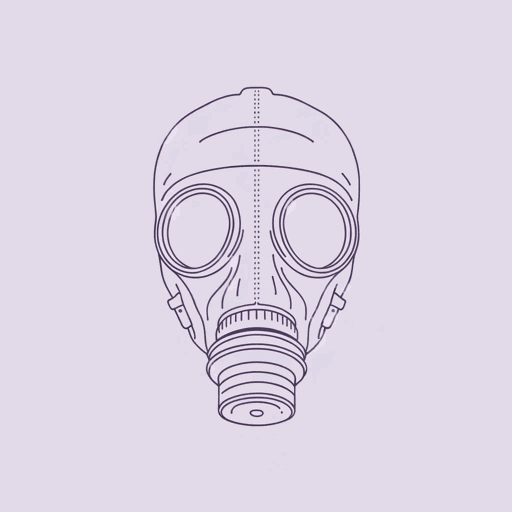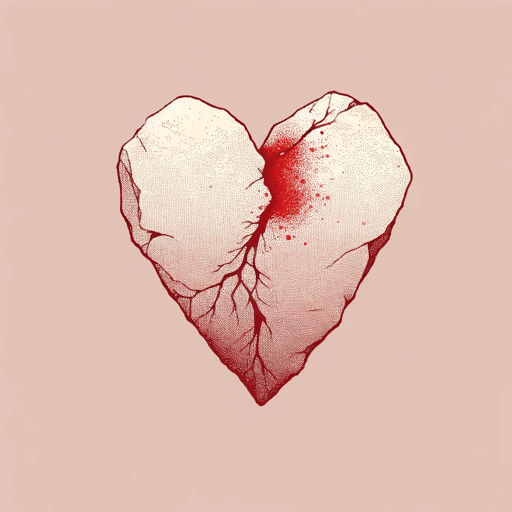18 pages • 36 minutes read
Wilfred OwenAnthem for Doomed Youth
Fiction | Poem | Adult | Published in 1920A modern alternative to SparkNotes and CliffsNotes, SuperSummary offers high-quality Study Guides with detailed chapter summaries and analysis of major themes, characters, and more.
Themes
The Cruelty of War
Owen’s concern is with the cruelty and savagery of war and the terrible toll it takes on human life. Early drafts of the poem were titled “Anthem for Dead Youth.” Changing “Dead” to “Doomed” not only makes the title more powerful, it conveys a sense of helplessness: The men were doomed—ill-fated—from the beginning. As apparent from the first (octave) stanza, the men had no chance. The octave depicts the constant barrage of machine guns and the wailing of the shells hurtling through the air to their targets. The soldiers’ flesh is no match for this murderous assault of flying metal. The brutality and sheer scale of the destruction mocks human dignity and courage. The soldiers, Owen is certain, deserve something better than this bleak and terrifying landscape that is no more than a slaughterhouse. There is no glory in this war; Owen does not mention noble goals or a fight undertaken for moral reasons. There is only the “monstrous anger” (Line 2) of deadly weaponry and the shedding of human blood—a hellscape erupting in the formerly tranquil French fields.
This theme of the cruelty of war emerged from Owen’s experience. His credentials for writing such a poem were unimpeachable: He was there.
Related Titles
By Wilfred Owen



